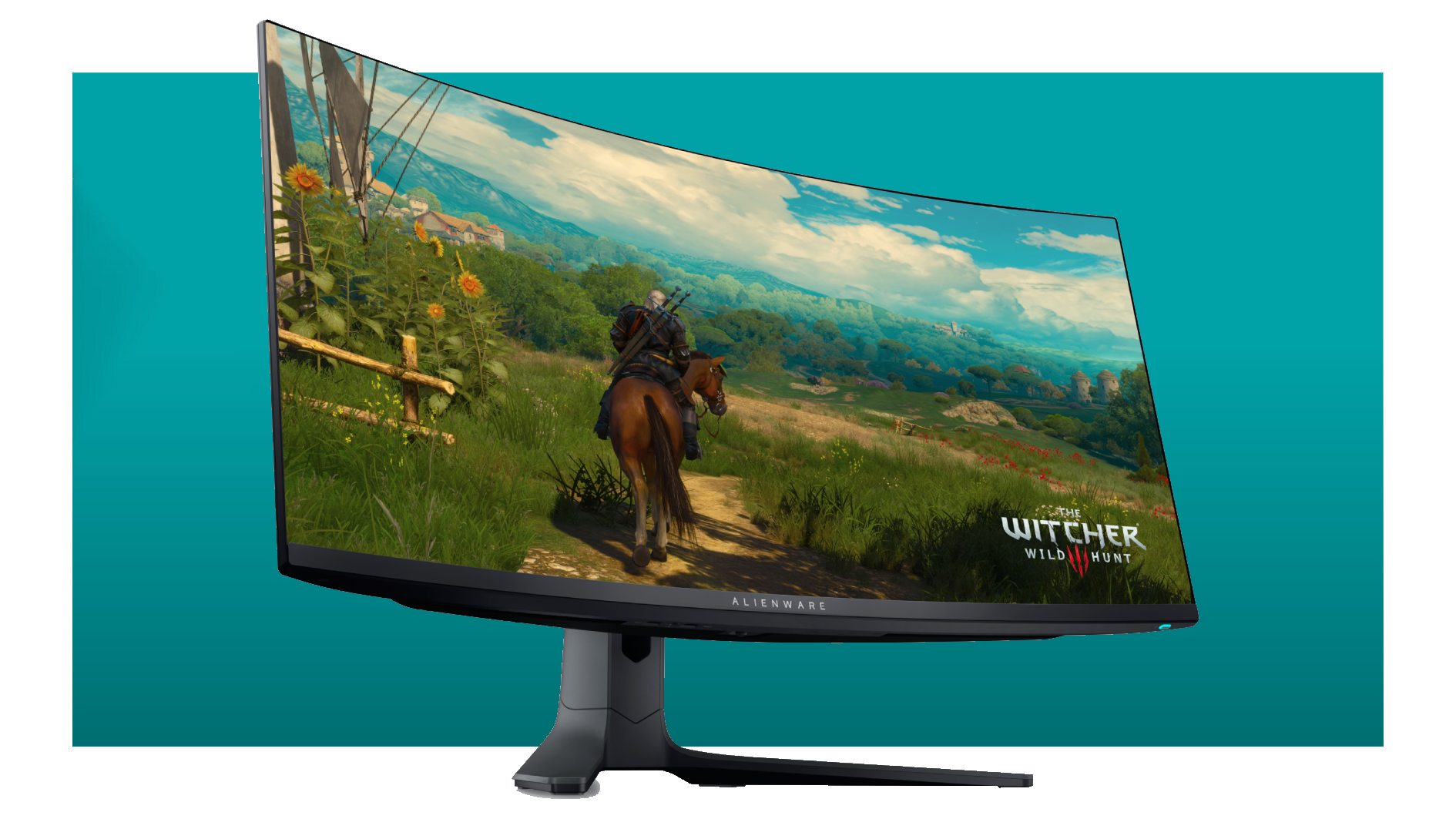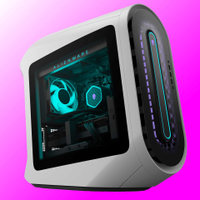Dell's 34-inch OLED gaming monitor has just hit its lowest ever price
Sub-$1,000 for the first time for this gorgeous slab of OLED gaming goodness.

Alienware 34 QD-OLED | 34-inch | 165Hz | OLED | FreeSync | $1,099.99 $989.99 at Dell (save $109.99 with code MONITORS10)
This is the cheaper version of the Alienware 34 QD-OLED we rank as the best gaming monitor to buy right now. This version is built for FreeSync, rather than G-Sync, and runs 10Hz slower at 165Hz, but it's $200 cheaper for those changes. With the MONITORS10 code knocking another 10% off this panel, it's a great buy under $1,000.
OLED technology still has a few flaws when it comes to gaming. But the Dell Alienware 34 AW3423DWF is about as close as it currently gets to gaming monitor perfection. And it's just hit its lowest ever price of $989 thanks to a 10% discount on Dell.com (use code MONITORS10).
This is the slightly cheaper sibling to the Dell Alienware 34 AW3423DW which we reviewed last year and pretty much blew us away with its mix of perfect contrast and utterly ridiculous pixel speed.
That's the thing about OLED tech. You get perfect per-pixel lighting control, that no mini LED panel can hope to compete with, alongside by far the fastest pixel response currently available from a PC monitor. It's literally an order of magnitude quicker than any LCD monitor, including those with mini LED backlights.
The Alienware is also a 34-inch ultrawide, which is just about our favourite form factor for gaming. This lower cost AW3423DWF variant admittedly runs at 165Hz refresh rather than the 175Hz of the AW3423DW. But we very much doubt you'll notice the difference.
This version also doesn't have the Nvidia G-Sync chip, which is what primarily pushes up the price on the other model. But you'll still be able to run adaptive sync with Nvidia graphics, just not with all the features you get with the full G-Sync Ultimate. Again, we doubt you'd ever notice the difference.
One thing you might pick up on, however, is brightness. Alienware rates this panel. at peak 1,000 nits, which is a very big number. Unfortunately, it's hemmed in by a much smaller, which is the percentage of screen coverage over which you can hit that 1,000 nits.
Alienware doesn't actually quote the window size that the 1,000 nit figure covers, but it will be 10% or even less. Full screen brightness is pegged at 250 nits, which is much more modest.
That said, the QD-OLED panel in this monitor is currently as bright as OLED tech gets for the PC. Monitors based on LG's OLED panels achieve under 200 nits full screen.
Of course, full-screen brightness is a slightly misleading spec. How often are you playing games with every pixel cranking out maximum white? Exactly, never. In practice, this OLED monitor feels pretty punchy most of the time and really pops in certain HDR scenes.
Add in that crazy-fast pixel response and you've got one of if not the finest visual PC gaming experiences currently available. Indeed, the only real downside is the resolution.
At this price point, 3,440 by 1,440 pixels does feel just the slightest bit low rent. In-game, it's not much of an issue. But if you're looking for an all-round monitor for gaming and productivity, nearly $1,000 is a lot to pay for that middling native resolution.
For pure gaming, though, this thing is the shizz.
Best gaming PC:
The top pre-built machines from the pros
Best gaming laptop:
Perfect notebooks for mobile gaming
Keep up to date with the most important stories and the best deals, as picked by the PC Gamer team.

Jeremy has been writing about technology and PCs since the 90nm Netburst era (Google it!) and enjoys nothing more than a serious dissertation on the finer points of monitor input lag and overshoot followed by a forensic examination of advanced lithography. Or maybe he just likes machines that go “ping!” He also has a thing for tennis and cars.



